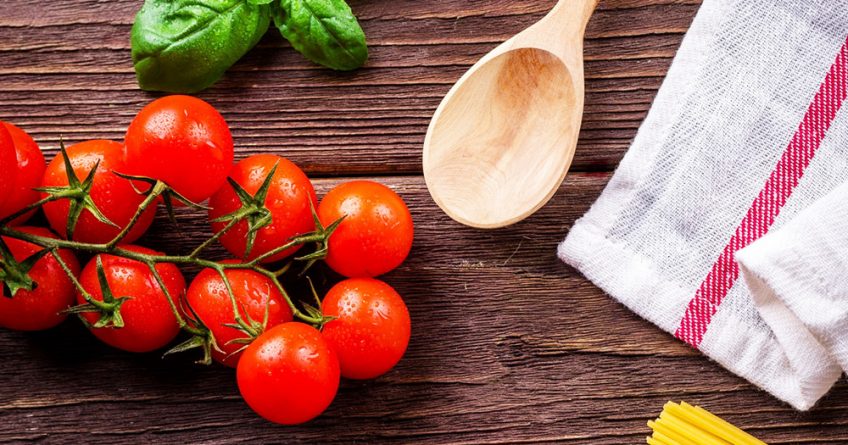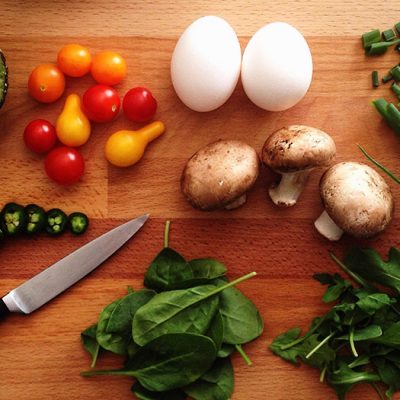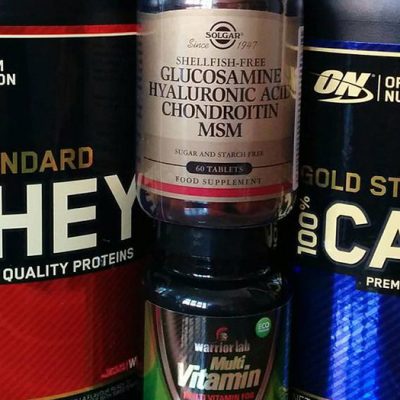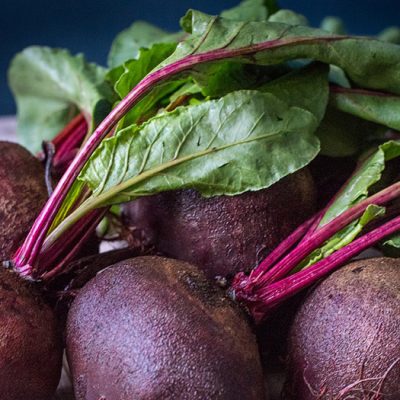As you gorge yourself on the luxurious summertime bounty of your tomato plants, you can take comfort in the fact that this particular indulgence is an exercise in good health. That’s because tomatoes are loaded with a longevity-enhancing antioxidant that is believed to afford protection from a variety of cancers, according to dietitian Jill Nussinow.
Rise of the Tomato Plant
Ironically, tomatoes were thought to be poisonous when the Spanish explorers of the New World originally brought them to Europe from their native South America. Their image was significantly rehabilitated in the 18th century when the French, who found tomatoes completely healthful and tasty, came to the conclusion that they enhanced love-making. Thus, the ruby fruit acquired the now-archaic nickname “pomme d’amour” or “love apple.”
Although no one today seriously believes tomatoes have any aphrodisiac aptitude, there is ample evidence that they do love you, even if they can’t help you love the one you’re with.
The Antioxidant, Lycopene
Medical studies have shown that the antioxidant lycopene, the substance that puts the red in tomatoes, is twice as powerful as beta-carotene (vitamin A) at neutralizing “free radicals”. Free radicals are oxygen molecules that can damage brain cells and degrade many parts of the body.
Results indicate that eating a large amount of tomatoes and tomato products can extend and improve the quality your life. Consumption helps prevent heart disease, and can reduce the risk of cancer of the prostate, lung, stomach, pancreas, breast, cervix, colon, mouth and esophagus.
Cooked Tomatoes Have More Lycopene
The more tomatoes you eat, the more lycopene you get. But how you eat your tomatoes makes a difference in how much of the antioxidant you absorb. “The lycopene in tomatoes is more absorbable in the cooked form,” says Ms Nussinow.
So, you get the most punch from tomato sauces, soups and other recipes that call for heating the fruit. Cooking also shrinks the fruit, which means more tomatoes are needed to create the desired quantity of sauce or soup base. The more tomatoes you use, the more lycopene goes into the recipe.
But Raw Tomatoes Are Also Good
You’ll still get a good dose of the antioxidant from fresh, raw tomatoes as well as several other valuable nutrients. According to the California Tomato Commission, a medium-size tomato, which is only about 40 calories, contains 35% of the Recommended Daily Intake (RDI) of vitamin C and 15% of the RDI of vitamin A (beta-carotene).
Although it’s not as potent an antioxidant as lycopene, beta-carotene is good for the skin, eyes, and body tissue and for healing, says Ms Nussinow. Tomatoes are also cholesterol and sodium free.
If You Have a Digestive Challenge
People who suffer from diverticulitis, a digestive ailment in which small pouches in the colon have become inflamed or infected, need to stay away from seeded produce, such as tomatoes. The seeds irritate the affected pouches. But diverticulitis suffers can still enjoy tomatoes if they process the fruit to remove the seeds, says Ms Nussinow.
Arthritis suffers may aggravate their symptoms by consuming tomatoes and other nightshade vegetables (including green peppers, eggplant and white potatoes), according to Ms Nussinow. Many have found that eating veggies from this family, which contain a toxin known as sotanine, can cause their arthritis to flare up. Sotanine actually interferes with proper enzyme function in the muscles, which, in turn, causes pain.
Those who are allergic to tomatoes usually know it by age 3, she adds. Some, however, can consume the fruit in a cooked form but not raw.
Great Taste, Easy Preparation
Tomato lovers know there’s no truer tomato taste than the rich flavor of fruit plucked fresh from the farm or home garden. While any number of complicated recipes call for tomatoes, they are just as delightful eaten directly from the garden.
“The great thing about tomatoes is that they taste good, so people want to eat them,” says Diane Rooney, the registered nurse who is owner of Stony Farm, a farm specializing in organically raised heirloom tomatoes. “Those who turn their noses up at kale and collard greens can get vitamin C and other antioxidants by simply adding fresh tomato slices to salads and sandwiches.”
To make the most of your summer tomatoes and get a good dose of beneficial antioxidants, try some tasty dishes with tomatoes as a main ingredient.









